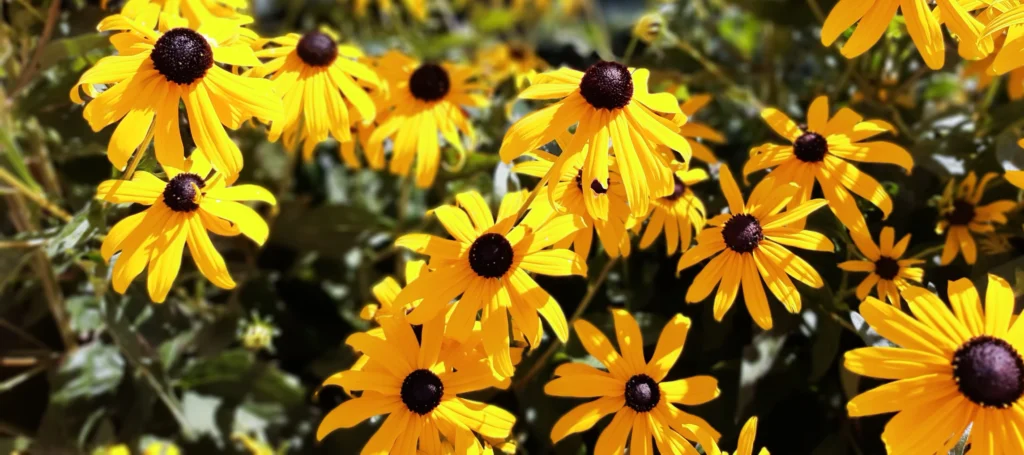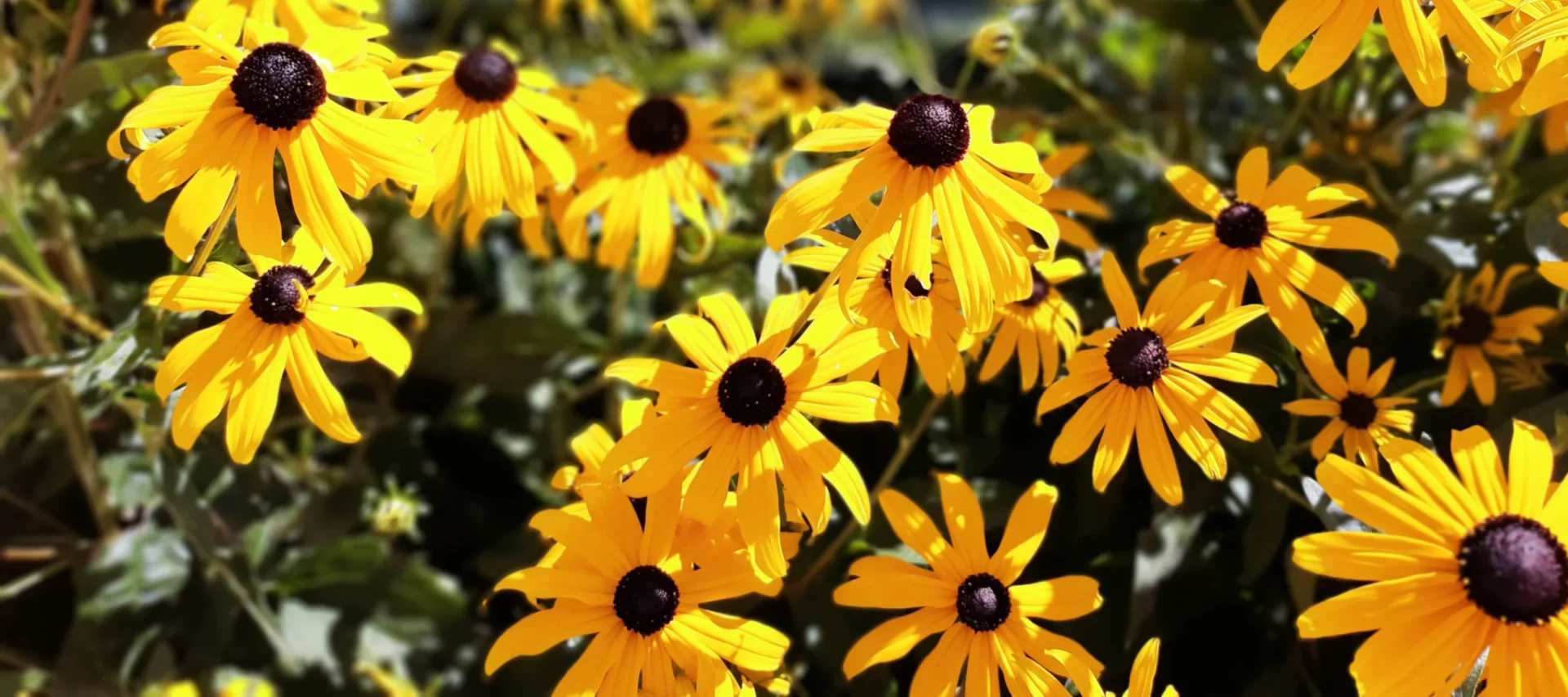$0.00
Perennials are the backbone of many Wisconsin gardens,
returning each spring to provide beauty and continuity. With the
right care, these steadfast plants can flourish and expand their
presence, creating a lush, evolving garden landscape. Whether
you’re new to gardening or looking to refine your approach with
perennials, this guide will walk you through the essential steps to
ensure your garden thrives season after season.

1. Selecting the Right Spot
Understanding your garden’s environment is key to perennial success:
- Light Requirements: Assess the amount of sunlight your garden areas receive and match perennials to their preferred light conditions—full sun, partial shade, or full shade.
- Soil Quality: Good drainage is crucial for preventing root diseases. Amend less-than-ideal soil with organic matter to improve its structure and nutrient content.
2. Planting Techniques
Proper planting is vital for establishing a healthy perennial garden:
- Prepare a hole that accommodates the plant’s root system comfortably, typically twice as wide as the root ball.
- Ensure the root ball is level with the surrounding soil to prevent water pooling around the stem.
3. Water Management
Effective watering promotes deep root growth:
- Prepare a hole that accommodates the plant’s root system comfortably, typically twice as wide as the root ball.
- Ensure the root ball is level with the surrounding soil to prevent water pooling around the stem.
4. Nutrition and Mulching
Feed and protect your perennials to support their growth:
- Apply a layer of mulch to conserve moisture, cool the soil, and suppress weeds.
- Fertilize at the start of the growing season with a balanced fertilizer to encourage strong new growth.
5. Seasonal Adjustments
Adapt your care routine as the seasons change:
- Spring: Clear away winter debris and split any large clumps to maintain plant health.
- Summer: Deadhead spent blooms to encourage further flowering.
- Fall: Cut back the dead foliage on some perennials, while leaving others to provide
- Winter interest and wildlife shelter.
6. Monitoring for Health
Regular checks can prevent larger issues:
- Keep an eye out for signs of pest or disease and address them promptly to prevent
spread. - Ensure good air circulation around your plants to reduce disease risk.
7. Enjoying the Garden
Take time to enjoy the fruits of your labor. As perennials mature, they create a dynamic display
that changes from year to year, offering new surprises and delights.
This guide provides the foundation for a thriving perennial garden that will beautify your
Wisconsin home for years to come. Embrace the unique qualities of each plant and enjoy the
rewarding journey of perennial gardening!


